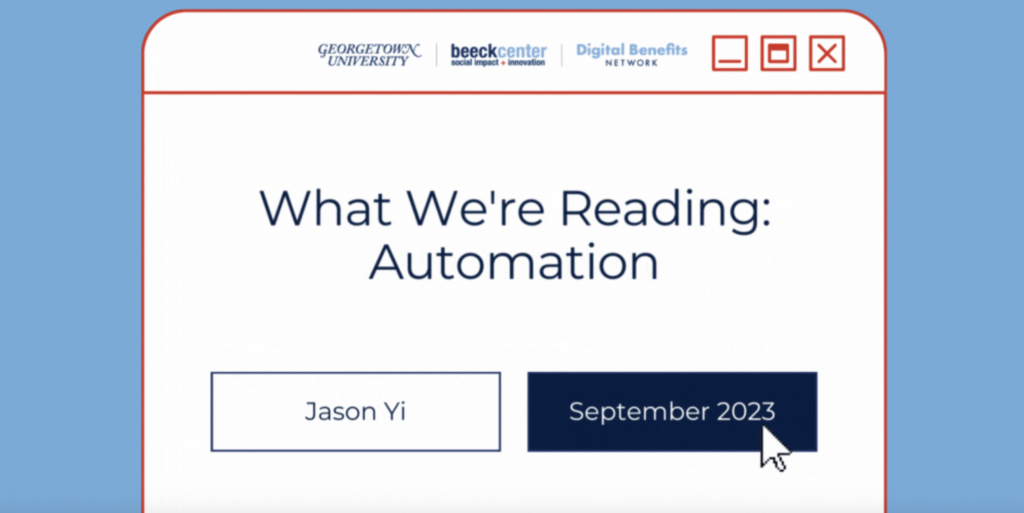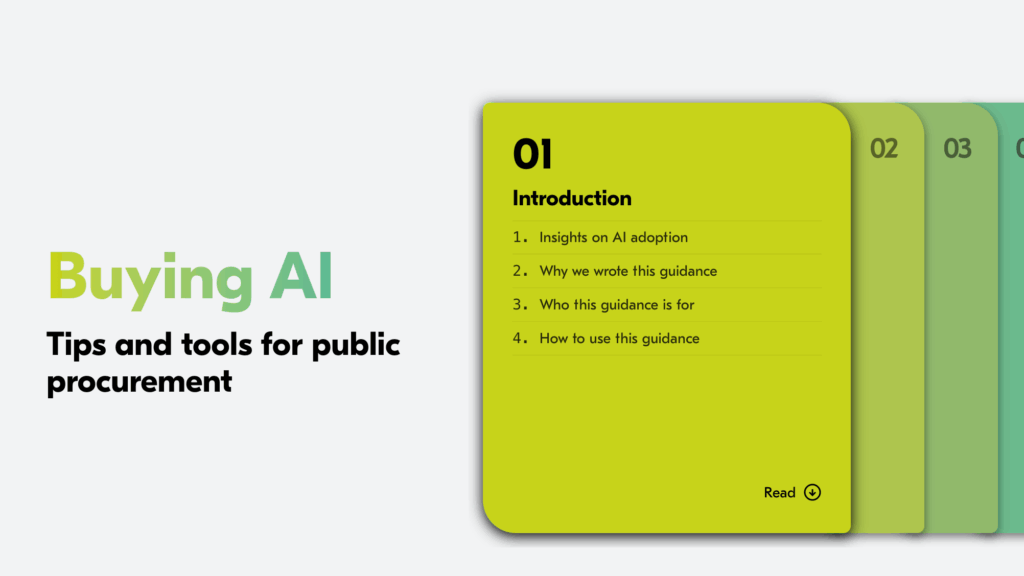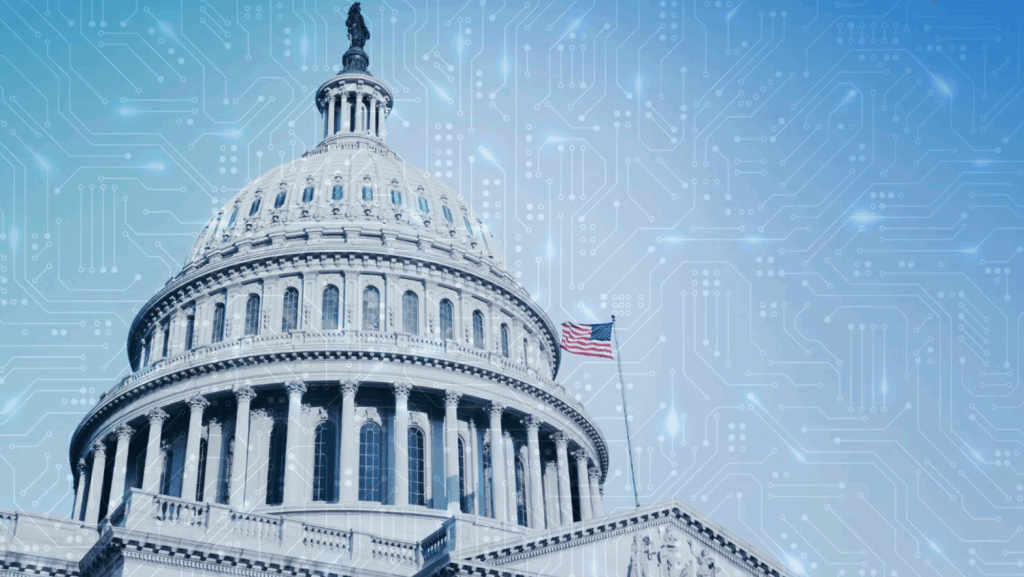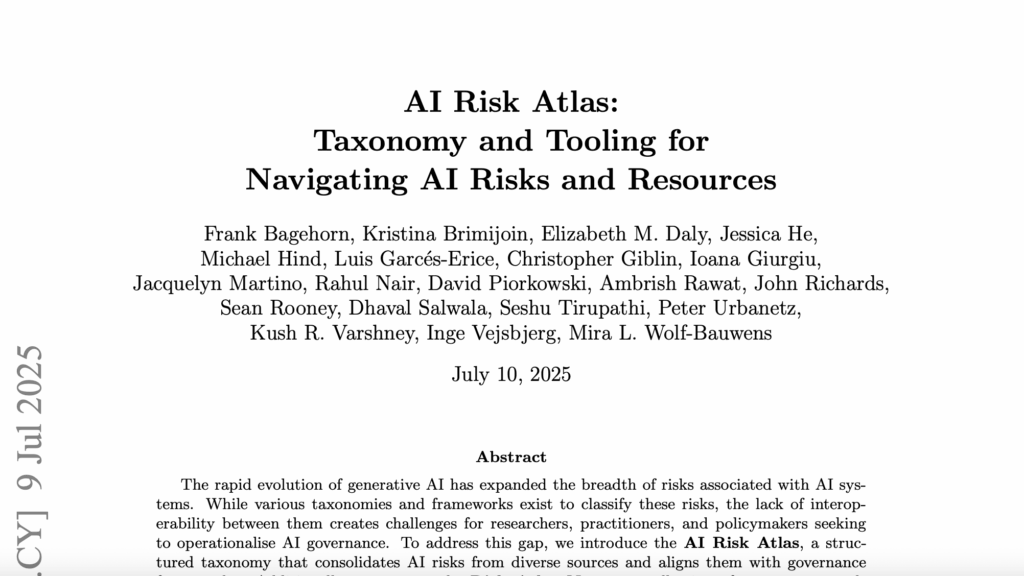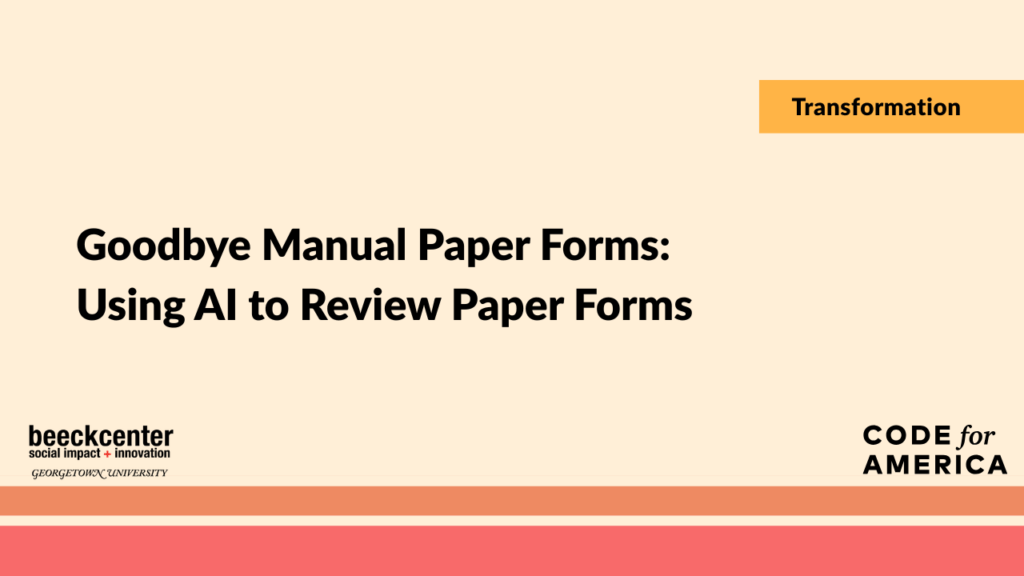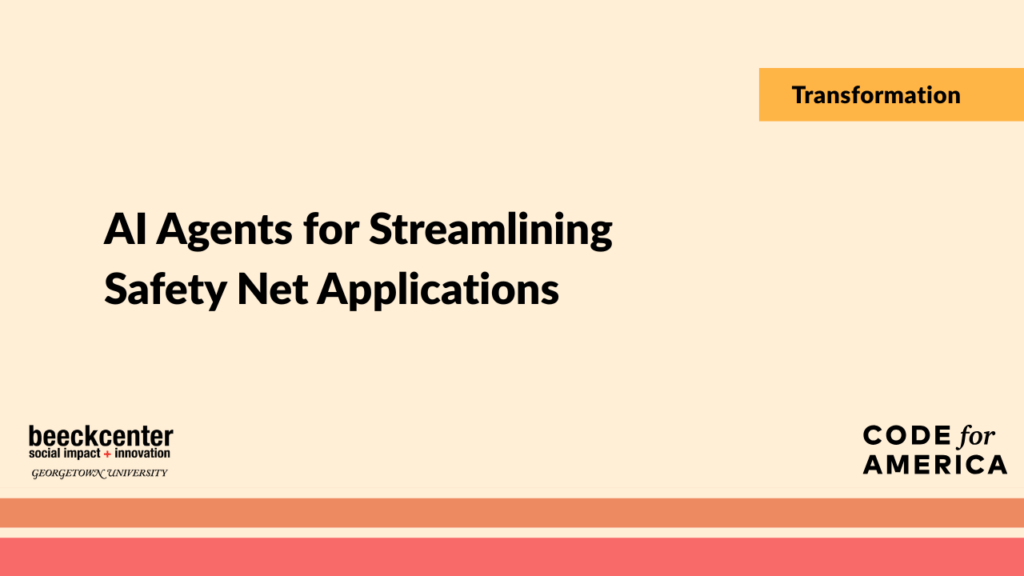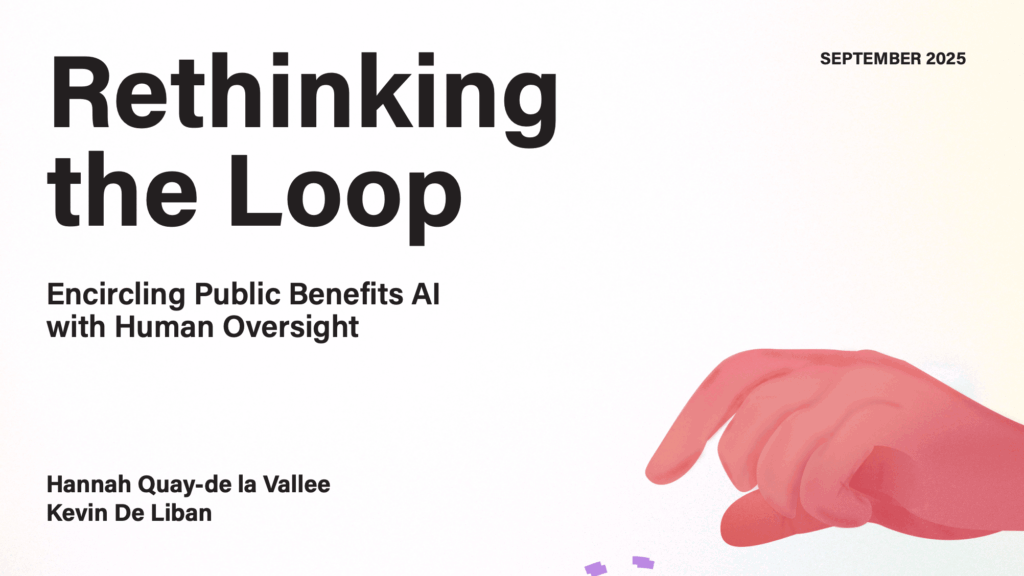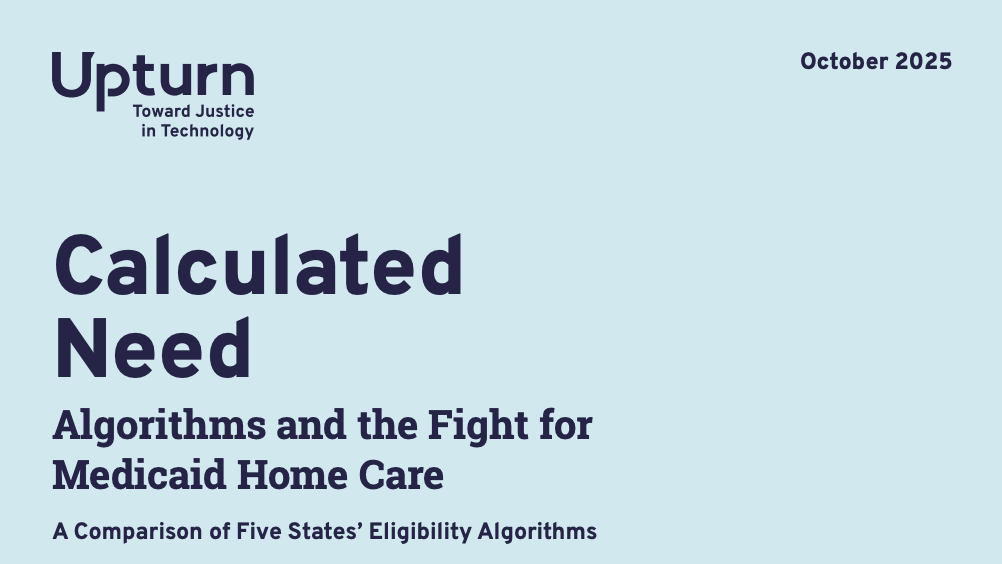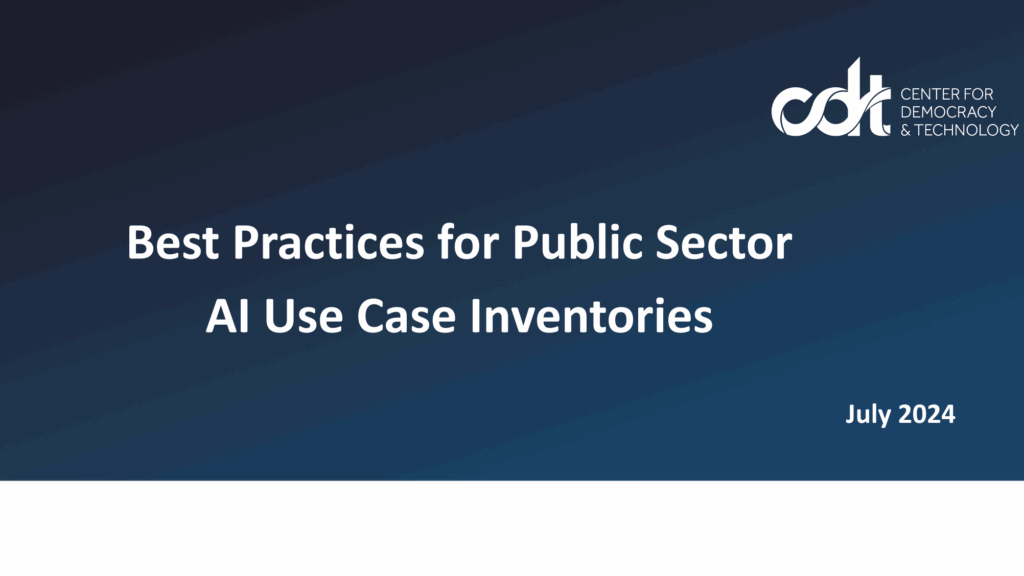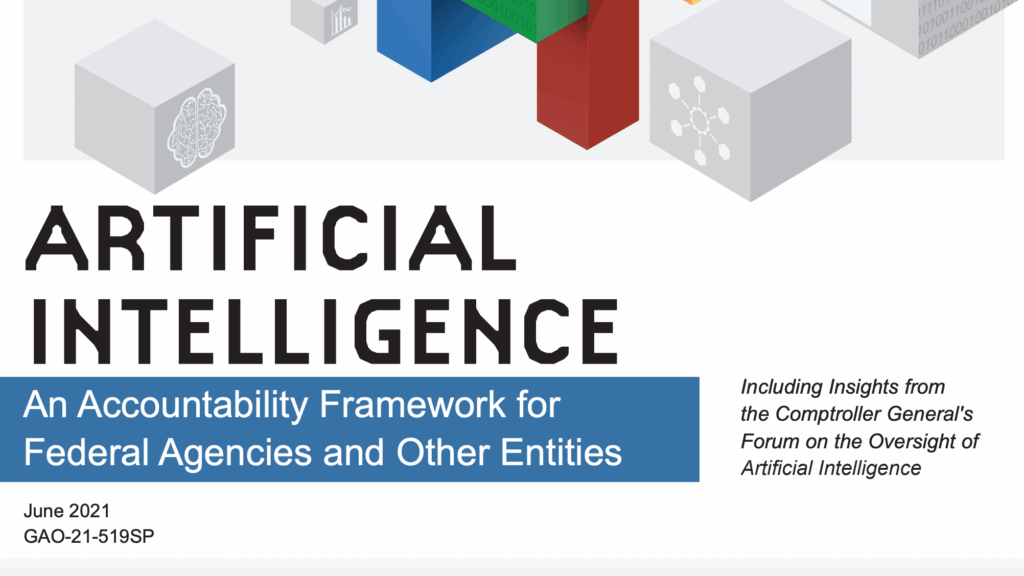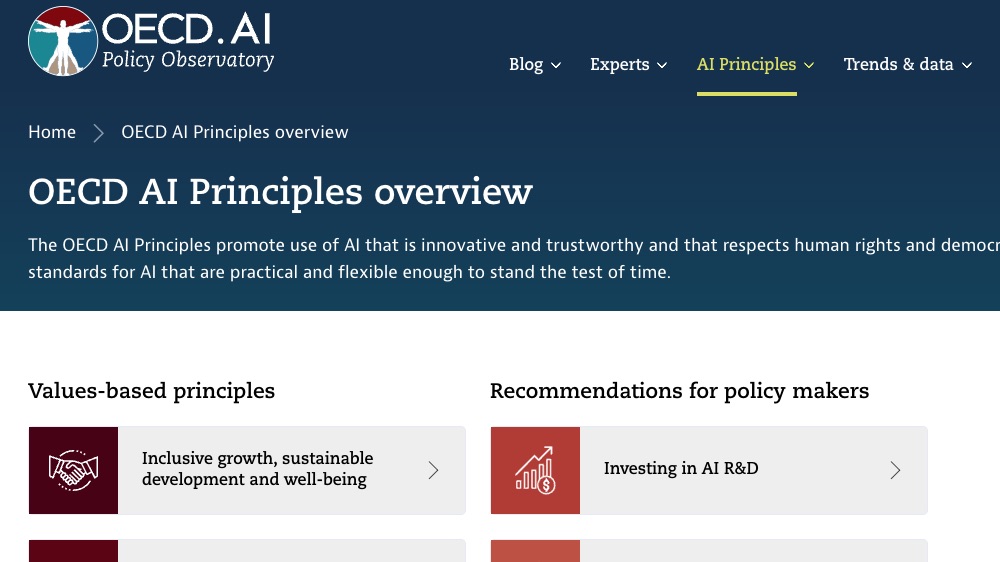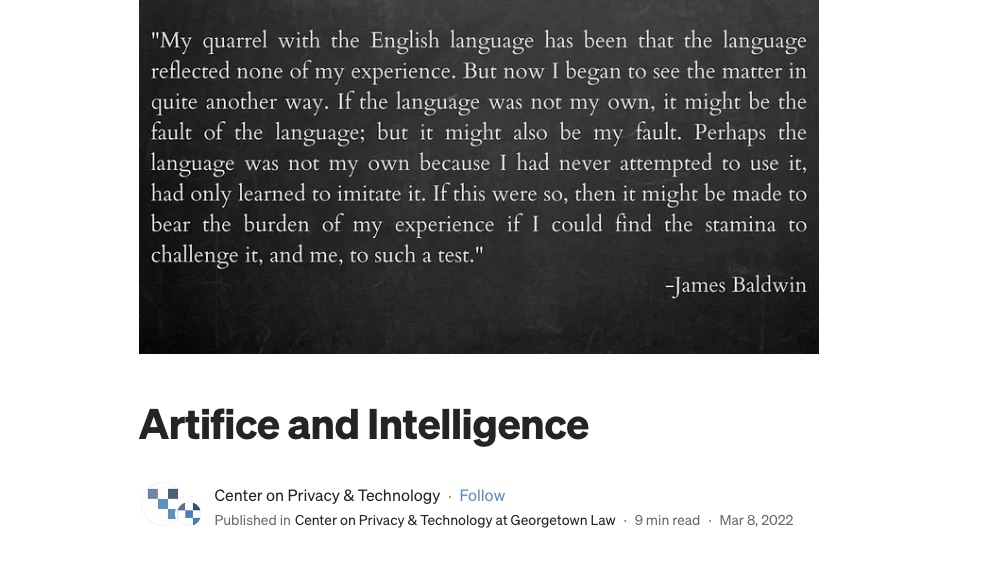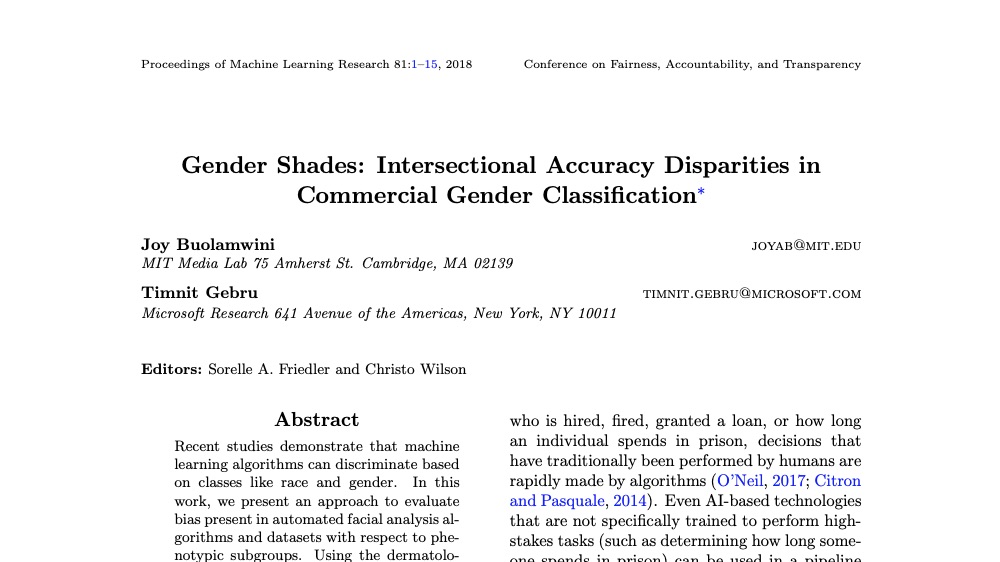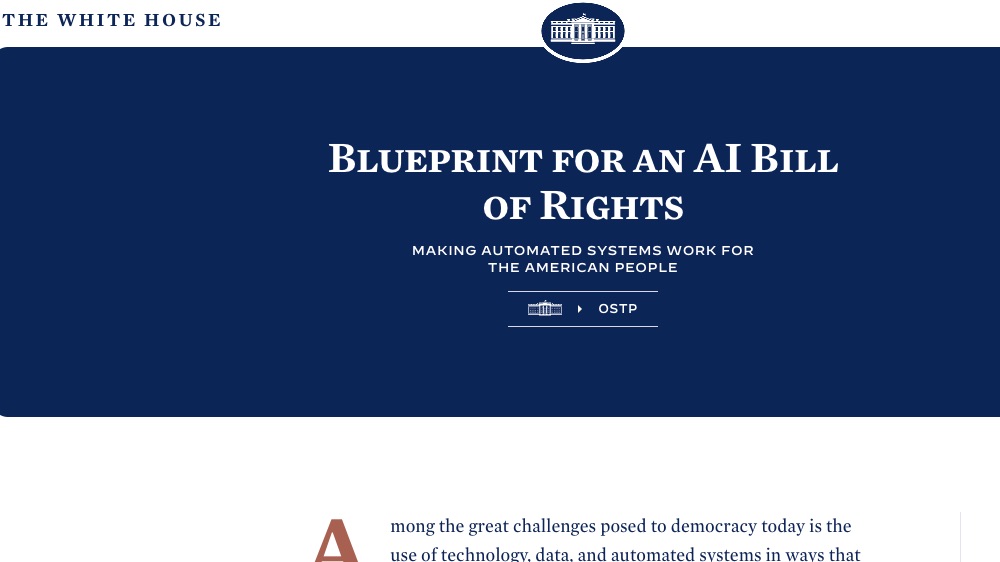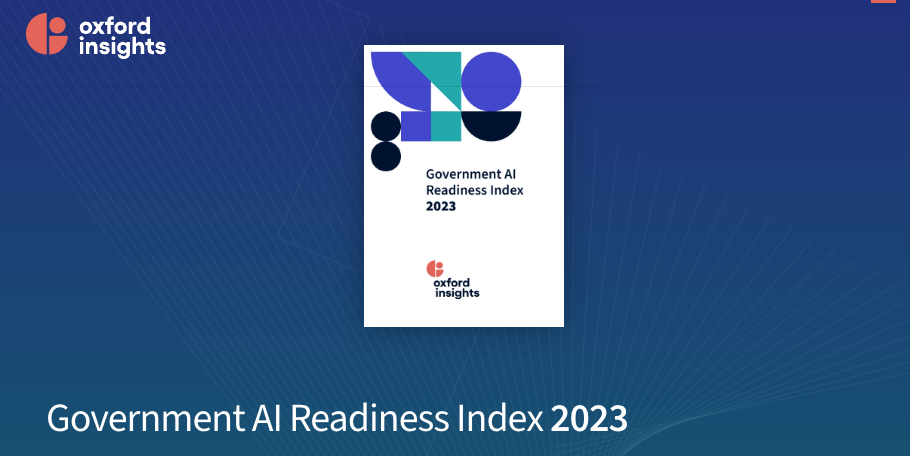Automation + AI
How to responsibly, ethically, and equitably use technology—including artificial intelligence (AI)—to automate certain processes is an increasingly important question for governments at every level.


Sifting through complexity with a focus on equity and access.
When properly designed and implemented, automated solutions can help ease work loads and speed up the service delivery process. However, automated approaches can also create potential harms for residents, create new biases in systems, and raise issues around transparency and accountability.
It can be difficult to parse through the different terms used to describe the technology behind automated processes and systems, from AI, to robotic process automation or algorithm-driven decision-making, and automated decision-making systems. It can also be challenging to sort through information about what a given technology can and cannot do today. Practitioners need clear information to evaluate new technologies, including AI and other approaches to automation.
This page contains resources to illuminate the landscape of automated technology to help practitioners understand and assess automated systems and tools.
Subtopics
Explore our 7 automation + AI subtopics below.
Audits + Accountability
Generative AI
Mitigating Harm + Bias
Policies, Standards + Guidance
Robotic Process Automation
Trustworthy AI
Use Cases
How to Get Started
We recommend these resources as a starting place on how to automate and responsibly use artificial intelligence (AI) in the delivery of government services.
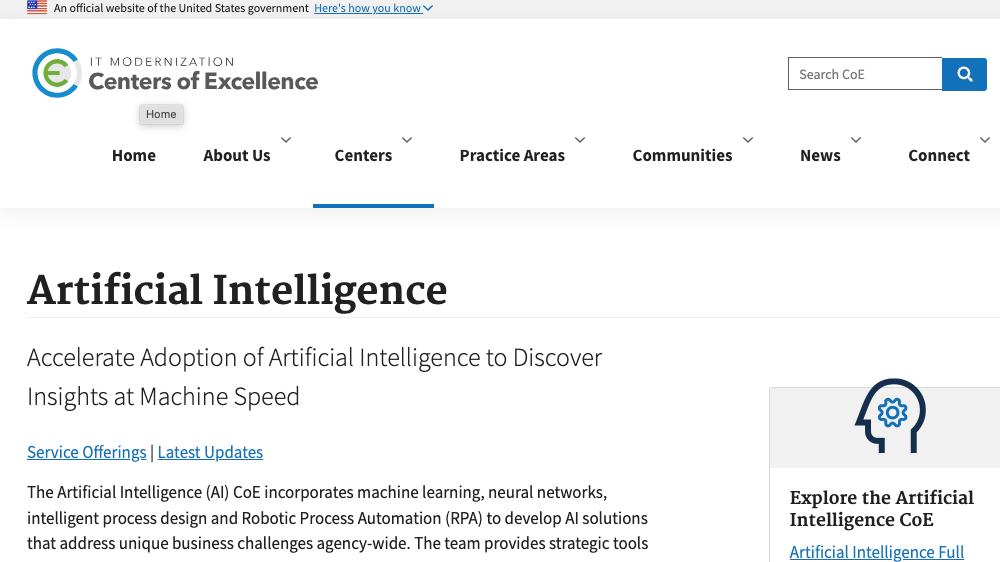
AI Guide for Government: A Living and Evolving Guide to the Application of Artificial Intelligence for the U.S. Federal Government
This guide is intended to help government decision makers clearly see what AI means for their agencies and how to invest and build AI capabilities.
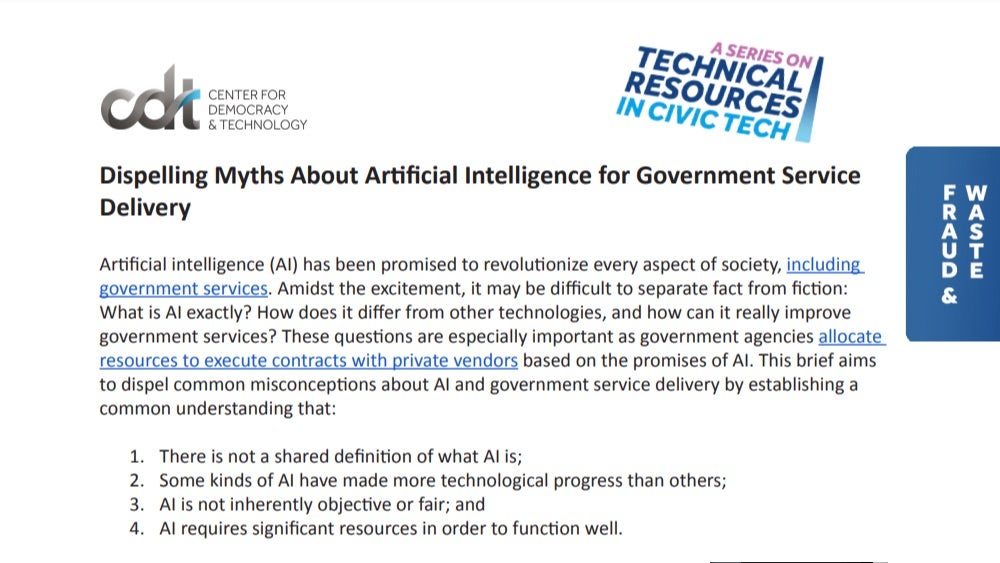
Dispelling Myths About Artificial Intelligence for Government Service Delivery
The Center for Democracy and Technology’s brief clarifies misconceptions about artificial intelligence (AI) in government services, emphasizing the need for precise definitions, awareness of AI’s limitations, recognition of inherent biases, and acknowledgment of the significant resources required for effective implementation.
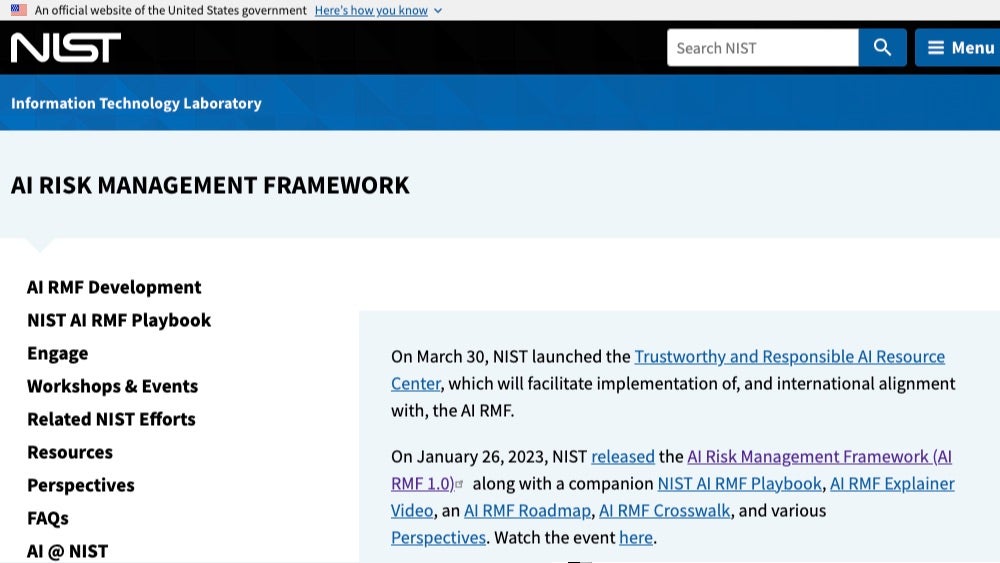
NIST AI Risk Management Framework (RMF 1.0)
NIST has created a voluntary AI risk management framework, in partnership with public and private sectors, to promote trustworthy AI development and usage.
Georgetown University AI Databases
Georgetown University offers two key resources for tracking AI governance: the Digital Service Network’s database of U.S. state and territorial AI-related legislation introduced since 2019, and AGORA, a global, regularly updated archive of AI laws, regulations, and standards with searchable summaries and thematic tags.
AI State Legislation Tracker
In November 2024, the Digital Service Network (DSN) expanded its digital transformation policy scan by documenting legislation introduced since 2019 related to artificial intelligence (AI). The database compiles information on bills introduced since 2019 across all U.S. states and territories that included the term “artificial intelligence”. Data is sourced from publicly-available information from LegiScan and the National Conference of State Legislatures to identify such bills.
AGORA
Developed and hosted by the Center for Security and Emerging Technology‘s Emerging Technology Observatory, AGORA (AI GOvernance and Regulatory Archive) is a living collection of AI-relevant laws, regulations, standards, and other governance documents from the United States and around the world. Updated regularly, AGORA includes summaries, document text, thematic tags, and filters to help users quickly discover and analyze key developments in AI governance.
Automation + AI for Public Benefits
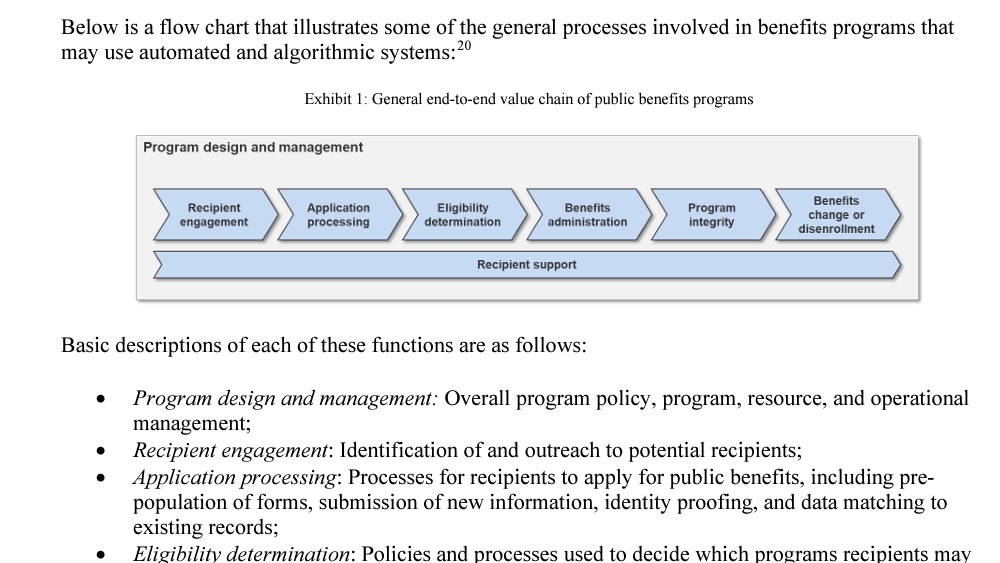
HHS Plan for Promoting Responsible Use of Artificial Intelligence in Automated and Algorithmic Systems by State, Local, Tribal, and Territorial Governments in the Administration of Public Benefits
This plan promotes responsible AI use in public benefits administration by state, local, tribal, and territorial governments, aiming to enhance program effectiveness and efficiency while meeting recipient needs.
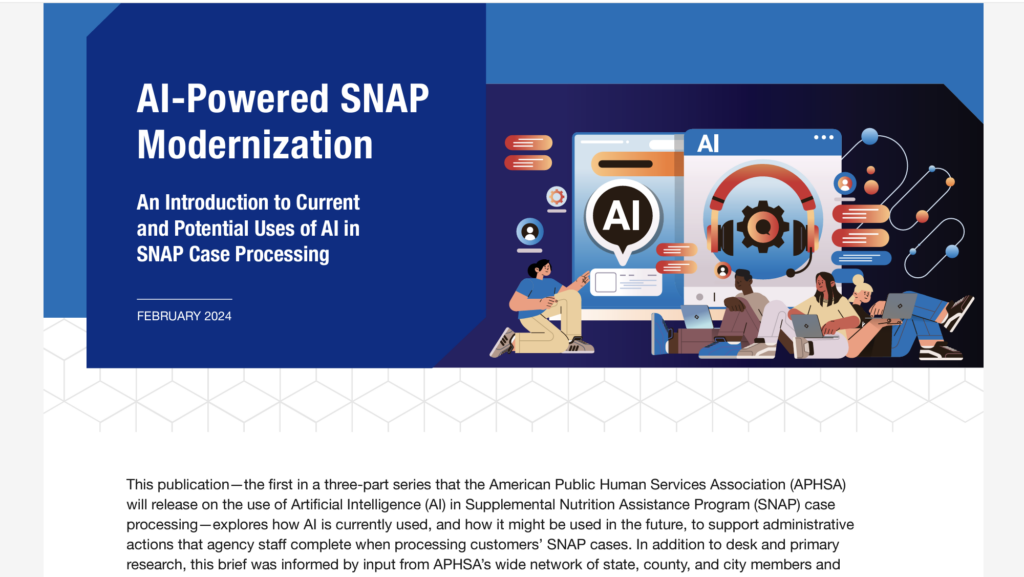
AI-Powered SNAP Modernization: An Introduction to Current and Potential Uses of AI in SNAP Case Processing
This report explores how AI is currently used, and how it might be used in the future, to support administrative actions that agency staff complete when processing customers’ SNAP cases. In addition to desk and primary research, this brief was informed by input from APHSA’s wide network of state, county, and city members and national partners in the human services and related sectors.
Discover All of Our Automation + AI Resources
Below you can see the latest items and the most popular. Click View More to see all resources and examples.
